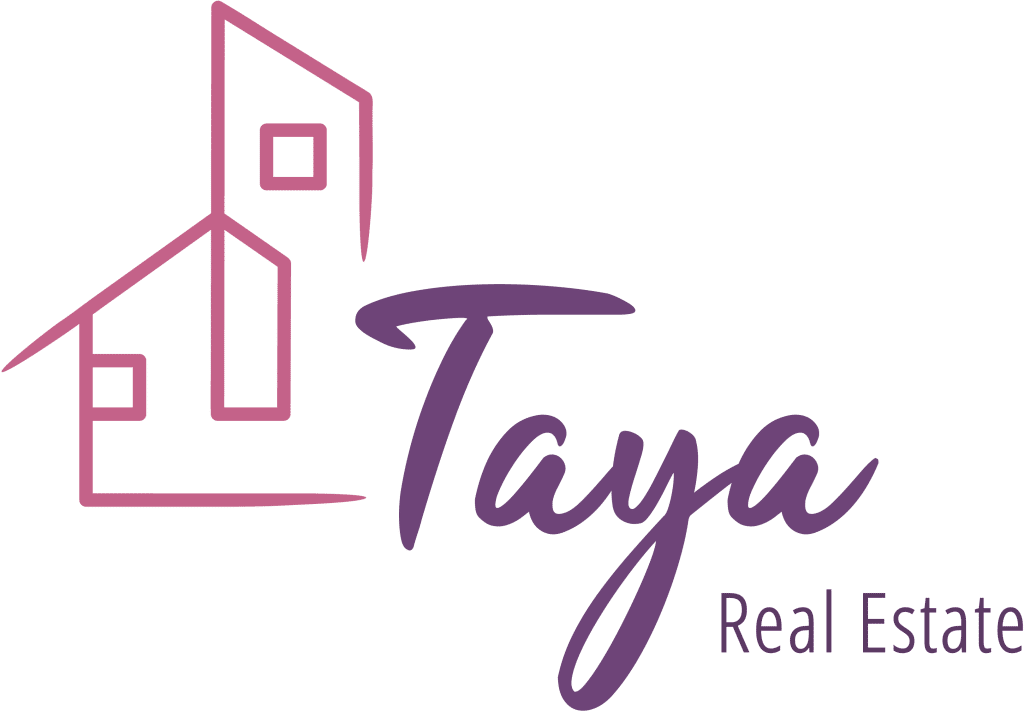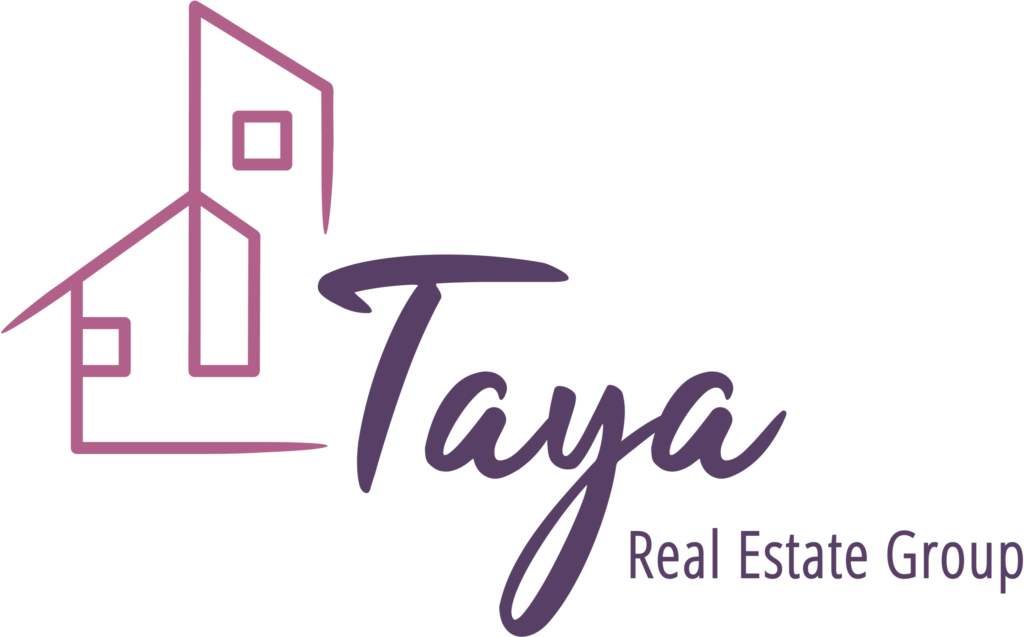Becoming a landlord in Ontario involves navigating various responsibilities, particularly when it comes to dealing with tenant disputes. The Ontario Landlord and Tenant Board (LTB) serves as a crucial resource for resolving these issues fairly and legally. Here’s a tailored guide for new landlords on how to effectively navigate the LTB.
1. Understand the Law
Before you rent out your property, familiarize yourself with the Residential Tenancies Act (RTA), which outlines your rights and responsibilities. Key areas to understand include the legal procedures for evictions, how and when you can increase rent, and your obligations regarding property maintenance and tenants’ rights.
2. Effective Communication
Many disputes can be resolved amicably through open and honest dialogue. Always attempt to address issues directly with tenants before escalating to the LTB. Keep records of all communications as they can be invaluable if the dispute progresses to a formal hearing.
3. Document Everything
Good record-keeping is essential. Maintain organized files containing the lease agreement, any correspondence with your tenant, receipts of transactions or repairs, and any other documents that relate to your role as a landlord. These documents will be vital if you need to file an application with the LTB.
4. Filing an Application to the LTB
If a resolution cannot be reached directly with your tenant, you may need to file an application with the LTB. Ensure you complete the correct form pertaining to your specific issue—whether it concerns non-payment of rent, damage to property, or another concern. Forms and detailed instructions are available on the LTB’s official website.
5. Prepare for the Hearing
After filing your application, you will receive a hearing date. Preparation is critical:
- Review your case: Be clear on the legal and factual basis of your dispute.
- Organize your documents: Have all relevant paperwork and evidence in order, easily accessible for the hearing.
- Arrange witnesses: If someone else has direct knowledge of the issues, consider having them testify.
- Rehearse your presentation: Practice how you will present your case clearly and professionally.
6. Attending the Hearing
LTB hearings can be intimidating for new landlords. They can take place in person, by phone, or video conference. Arrive on time, dress appropriately, and present your case succinctly and respectfully. Listen carefully to questions and be prepared to respond calmly and rationally.
7. Post-Hearing Steps
Decisions can be provided immediately or sent later by mail. If the decision is not in your favor and you believe there was a legal error, you may consider appealing. However, remember that appeals are generally based on legal mistakes rather than disagreements over the facts presented at the hearing.
8. Ensuring Compliance
Once a decision is made, both parties are expected to comply with the terms set forth by the LTB. Failure to do so can lead to further legal actions, including fines or other penalties.
Conclusion
For new landlords in Ontario, understanding how to navigate the Landlord and Tenant Board is essential for managing your property effectively and maintaining a good relationship with your tenants. By staying informed, prepared, and professional, you can handle most challenges that come your way. If you find yourself overwhelmed, don’t hesitate to seek advice from legal experts who specialize in landlord-tenant relations.








